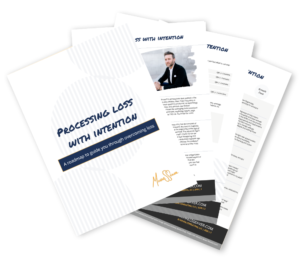Mikhail Baryshinikov, arguably one of the great dancers of last century said “I try not to dance better than anyone else. I only try to dance better than myself.” You may have heard similar quotes on your journey through life, but the message being sent is one of motivation.
We are all motivated by different things. Some of us set and achieve goals simply for the pleasure of accomplishing the task. Others do it for a congratulatory pat on the back. And some of us achieve goals because we want a roof over our heads or food on the table. Whatever the motivator may be, many studies have been done and books written about intrinsic and extrinsic motivation.
Let’s begin with the one we’re all familiar with. Extrinsic motivation. This is a drive to action that is founded on external incentives. You certainly go to work knowing that you will be receiving compensation for your time and effort. If you have children, you probably encourage them to dedicate themselves to learning so that they can get straight A’s, make the Dean’s List, and secure a scholarship to the university of their choice. We all enjoy being honored as the top athlete, salesman or director at our respective places of business. These are just a few examples. If you’d like to learn more, I encourage you to read The Carrot Principle by Gostick and Elton. It opened my eyes to new and thoughtful ways to extrinsically reward employees.
On the other side of the coin is intrinsic motivation. Intrinsic motivation is stimulation that drives someone to complete a task for his or her own fulfillment, without external incentive. How many times have you found yourself reading a great novel simply because it intrigues you? Or, have you stayed late at work because you genuinely love working with your team and the time with them is fulfilling. You have probably experienced this as well. A book that influenced me greatly was Drive by Daniel Pink. Pink accumulated data from numerous studies to show that once a person hits $75,000 in annual income, he is motivated less by extrinsic rewards and more by the ability to have autonomy, to be able to master tasks, and to live a life founded on a defined purpose.
As a leader, being able to influence and motivate employees effectively requires a thorough understanding of how to use both extrinsic and intrinsic tactics to accomplish personal or organization goals. In future posts, I’ll explore these in more depth. Baryshinikov, the dancer, was at the point where extrinsic rewards weren’t nearly as important as the intrinsic. The awards or adulation didn’t motivate him. He danced because he enjoyed the challenge of bettering his already incredible career.






Connect with me